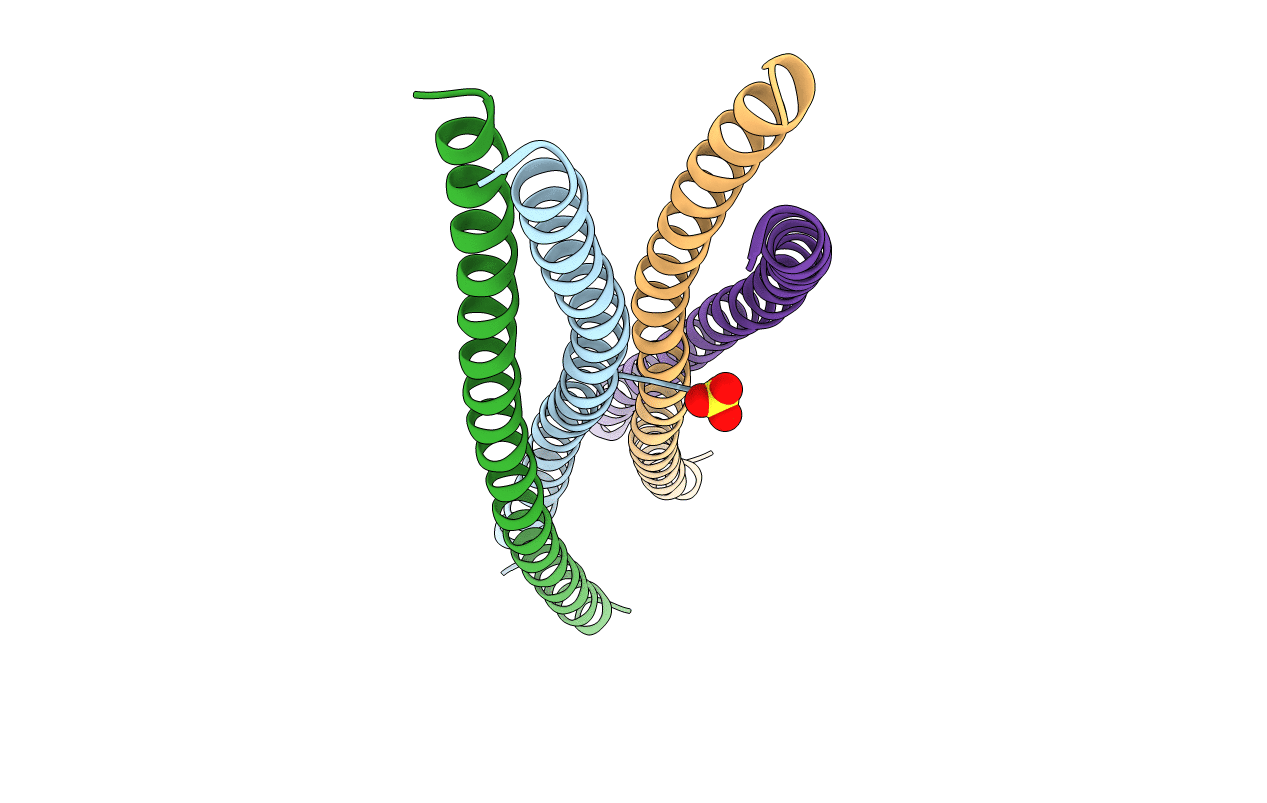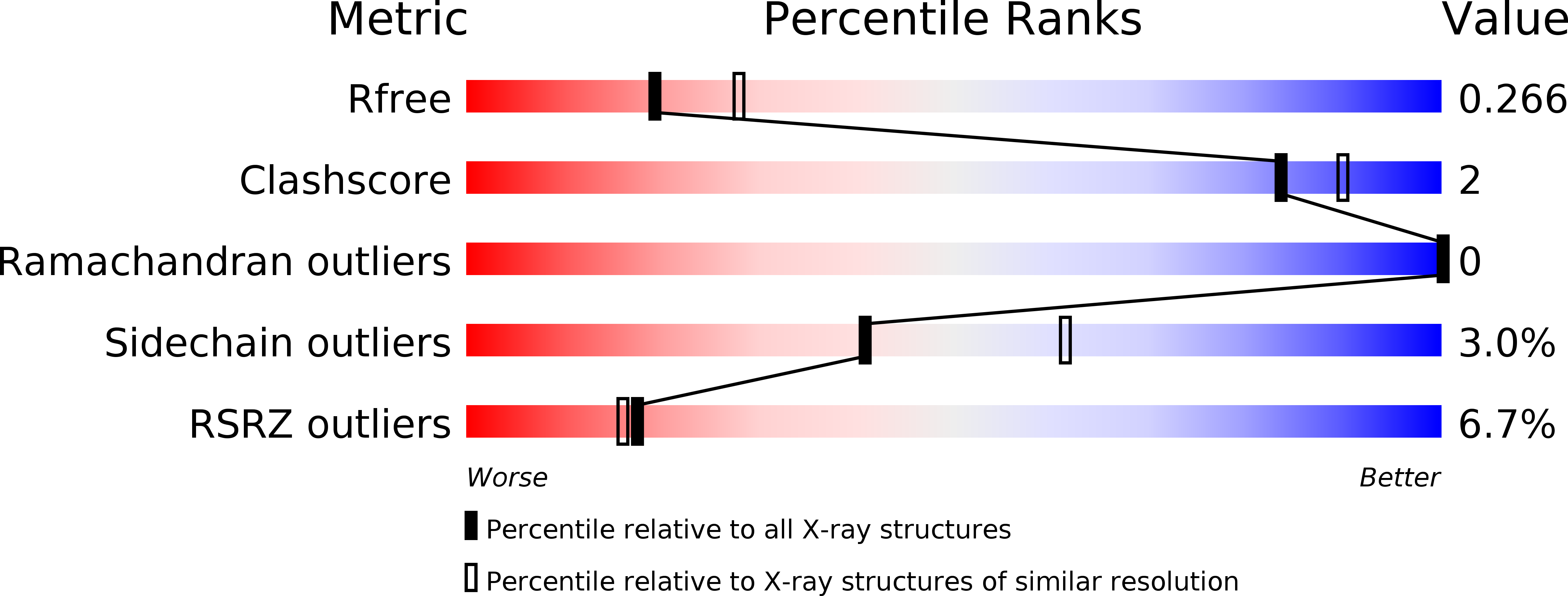
Deposition Date
2019-05-03
Release Date
2019-08-14
Last Version Date
2023-10-11
Entry Detail
PDB ID:
6OTN
Keywords:
Title:
Crystal Structure of an N-terminal Fragment of Cancer Associated Tropomyosin 3.1 (Tpm3.1)
Biological Source:
Source Organism:
Homo sapiens (Taxon ID: 9606)
Host Organism:
Method Details:
Experimental Method:
Resolution:
2.40 Å
R-Value Free:
0.26
R-Value Work:
0.23
R-Value Observed:
0.23
Space Group:
P 43 21 2


